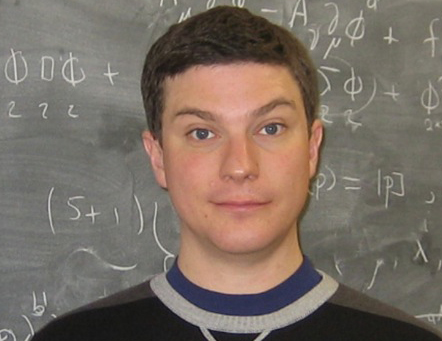Wallenberg Academy Fellow 2013
Natural Science
Dr Henrik Johansson
CERN
Nominated by Chalmers University of Technology
 The two grand theories of modern physics clash: the general theory of relativity and quantum mechanics. This conflict makes it difficult for scientist to describe physics at very high energy scales, such as the Big Bang. Henrik Johansson aims to develop new mathematical frameworks that will enable the two theories to join together.
The two grand theories of modern physics clash: the general theory of relativity and quantum mechanics. This conflict makes it difficult for scientist to describe physics at very high energy scales, such as the Big Bang. Henrik Johansson aims to develop new mathematical frameworks that will enable the two theories to join together.
The general theory of relativity is Einstein’s description of the gravitational force. Scientists can use it to do calculations on everything from orbits of planets to how an apple falls from its tree. However, when they dive into the world of atoms, Einstein’s theories are sidelined. In order to understand smaller particles, like atoms, protons, quarks or gluons, scientists use the laws of quantum mechanics.
Both the theory of relativity and quantum mechanics work very well – when used at proper length and energy scales. But when scientists want to explain what happened when our universe was created in the Big Bang, they need both theories, and today, they clash.
The goal of Henrik Johansson, postdoc fellow at CERN in Geneva, Switzerland, is to refine the mathematical framework of gravity to make it also work at small scales. In 2008, together with his colleagues, he found a new aspect of the character of certain elementary force particles called gluons, which helped them to mathematically construct gravitons, particles that carry the gravitational force.
As a Wallenberg Academy Fellow, Johansson will continue to develop these mathematical theories, improving the description of some of the most fundamental forces in nature. He will be based at Chalmers University of Technology.